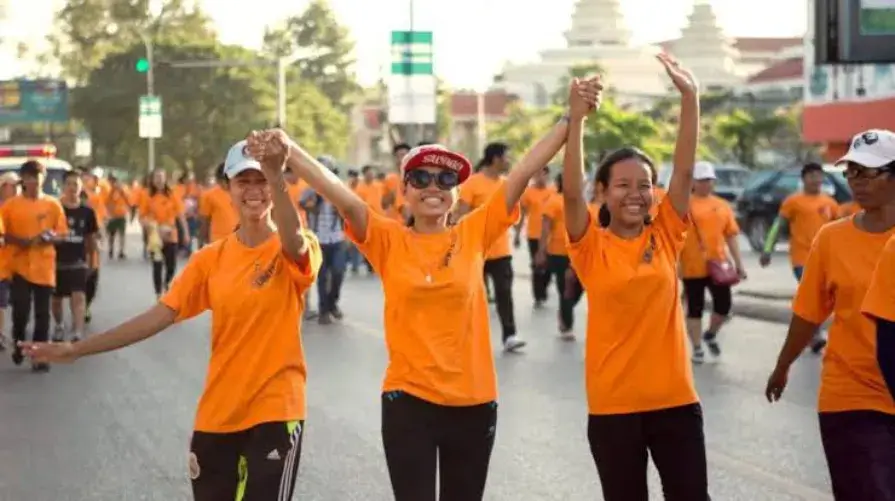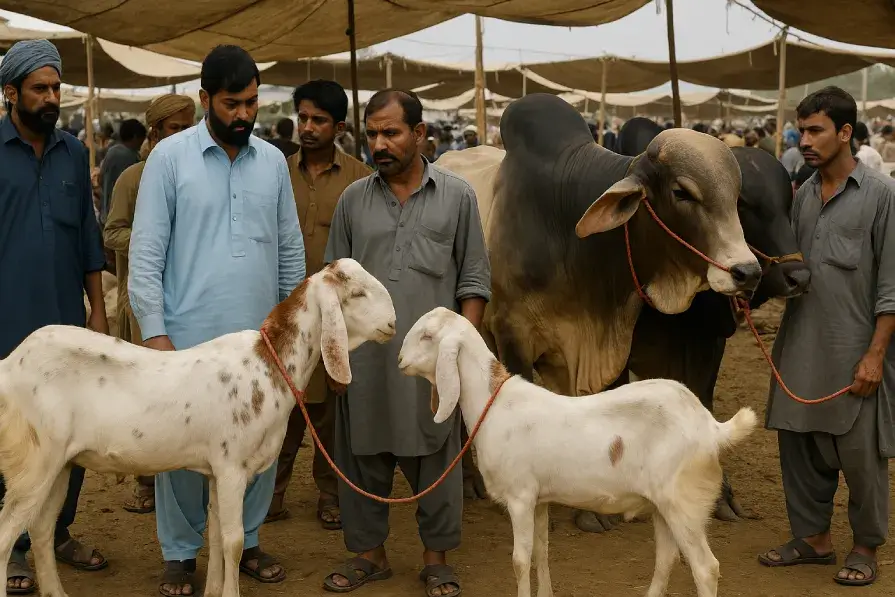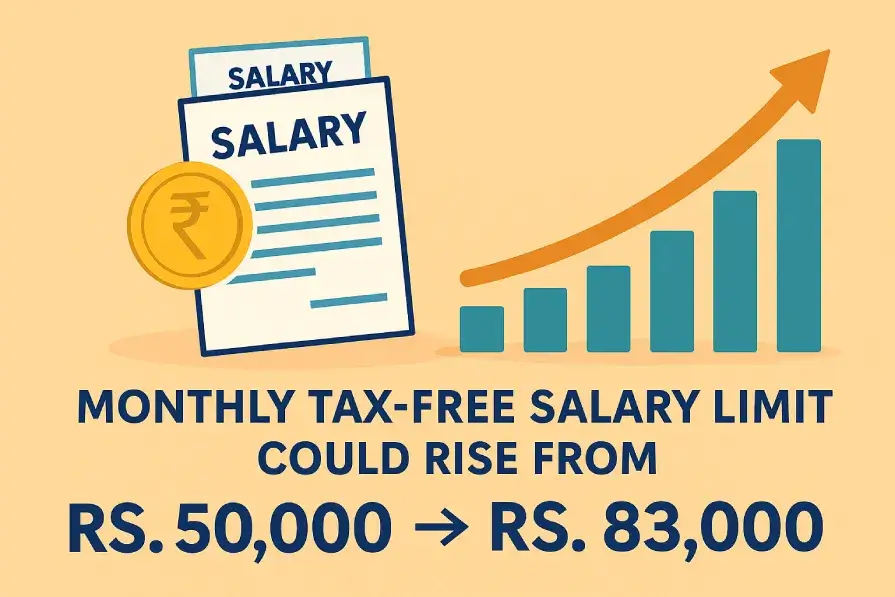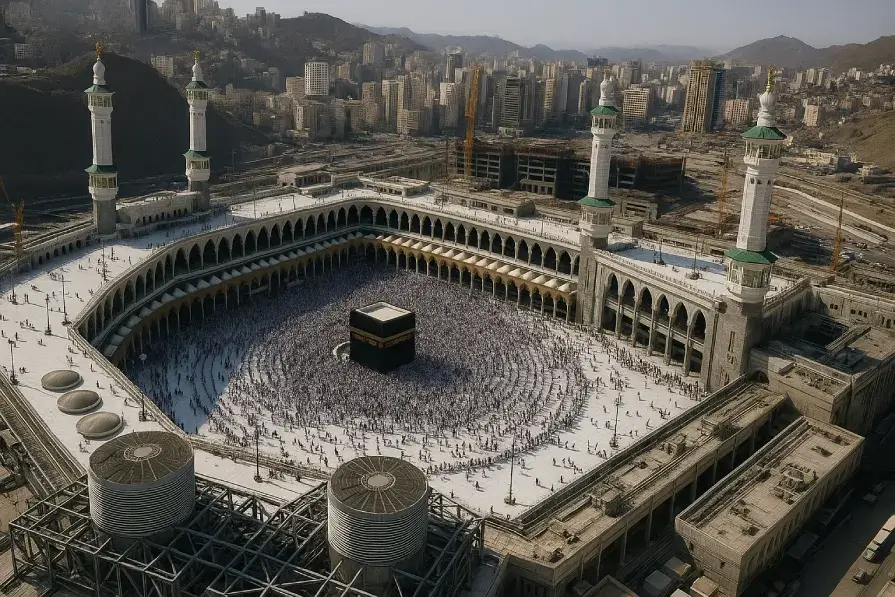Women Live Longer Than Men Globally, Says United Nations

A United Nations report indicates that women throughout the globe survive beyond their male counterparts. Statistical data demonstrates that women survive to age 76 on average but men survive to 71 years on average. The average lifespan extends farther for women who survive men by approximately five years.
Global Life Expectancy Trends
The world population lives about 73.5 years as measured by total combined gender data. The worldwide expected lifespan shows variation across different regions because several social economic and health-related conditions play influencing roles. The UN report shows that since many years most countries have observed women surviving longer than men across their populations.
The existence of this pattern emerges because of biological factors plus behavioral and social elements. Health experts and policy makers heavily focus on the ongoing interest surrounding the life span discrepancy that exists between male and female populations.
Why Women Outlive Men
Medical experts identify the following main causes behind the longer lifespan of women according to research:
- Healthier Lifestyles: Women take more medical action to their health than men. Women regularly see doctors more often while consistently adhering to recommendations to go to doctors, more than men.
- Lower Risk Behaviors: It is shown in the scientific surveys for men that there is a tendency to dangerous activities such as smoking cigarettes that is combined with high risk consuming of alcohol and also reckless driving patterns, which result in lethal medical condition or car relate trauma.
- Biological Factors: Some researchers argued that the genetic and hormonal elements that differentiate males and females may consist of their extended lifespan since women. Especially scientists believe that heart tissue profits from estrogen hormone intake.
- Occupational Hazards: Across numerous locations, the males sitting in hazardous or very work conditions, such as constructing and that is mining or law enforcement positions thus expose to greater risk and continuously stressed.
- Life Expectancy in Pakistan
Worldwide average life expectancy is 73.5 years but Pakistanans live up to 68 years on average, on score of a new report. The present small difference in life expectancy signifies a severity problem, because it is concerned with health system shortcomings associated with deficiencies of nutrition and the environment threatening the general welfare.
The health care opportunities to the people of Pakistan both by gender are limited to high costs of medical care, which is even insufficient in rural areas healthcare facilities are insufficient. The fact that on average people in Pakistan live to be not much more than 64 years old is largely down to the twin effect of the high levels of malnutrition, linked to waterborne diseases, and ignorance of public health springing from the high levels of air pollution.
Social cultural norms unfortunately impede healthcare access for Pakistani women in that they deny them from pertinent prenatal and maternity services and through married in girlhood and low literacy rates. Men suffer from stress induced health issues along with over work load and less visit to doctors because societal norms relate to male toughness and strength.
How to Improve Life Expectancy in Pakistan
The framework for enhancing life expectancy in Pakistan, as per the suggestions by the experts is comprised on several recommendation point:
- Strengthening the Healthcare System: The necessary advancements in healthcare require investments in infrastructure together with more medical professionals for providing affordable treatments.
- Health Awareness Campaigns: We can prevent many chronic diseases. Education is the way to educate us about eating healthy, healthy behaviors, exercising on the regular basis; and, going to our doctor for regular check.
- Gender-Inclusive Policies: The improvement of overall life expectancy depends on providing healthcare opportunities equally between women and men in rural settings.
- Environmental Reforms: Healthy population development requires essential actions including pollution reduction and improved waste management with clean drinking water delivery systems.
- Global Perspective on the Gender Gap
Plot of depicting the women have longer life expectancy than men is not confined to Pakistan but all the time in the world as well as in the developing countries. Such differences in life expectancy between men and women are observed in all international income levels. Levels of health care within systems combined with income levels and way of life and public policy will give us the magnitude of the age difference between men and women.
Life expectancy is higher in countries such as Japan, Switzerland, Australia, mainly due to their high standards of health care and welfare services and great management in voluntary adaptation of the difference in the life expectancy between the gender. The life expectancy for both sexes increases through the health interventions driven by policy in these countries.
Role of Governments and International Organizations
The World Health Organization (WHO) along with the United Nations fervently support universal health coverage and gender equality and care as preventive. Their goal in promoting healthcare reforms, awareness activities in local governments is abbreviated as minimizing global health inequalities.
Improvement in public health in Pakistan can occur while getting the life expectancy gap as under a joint effort of public body and private sector and foreign donors.
Conclusion
According to data by the global statistics of UN, women in the world live longer than men for about 5 years on average. The greater life expectancy of women observed in Pakistan than among Pakistani men is associated with both behavioral and biological factors of the kind that present considerable public health concerns within Pakistani society.
Pakistan must boost healthcare services and adopt health promotion along with advancement of gender equality in order to bridge this life expectancy gap. The country requires actual policies and unified public action to establish improved health conditions for every citizen.









